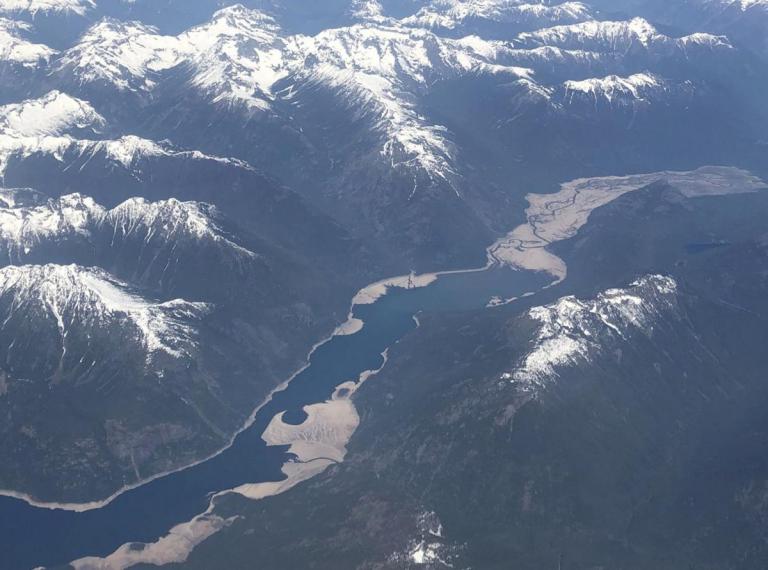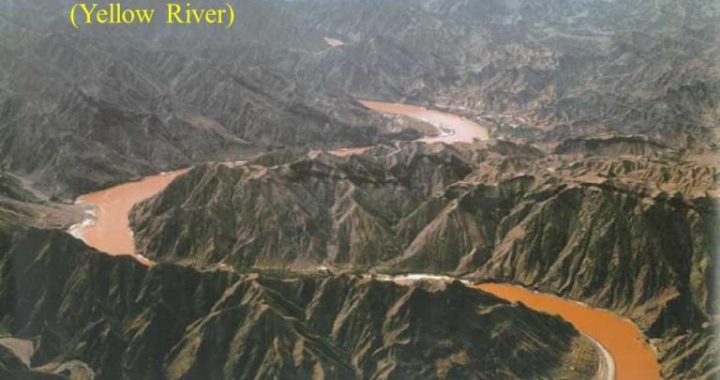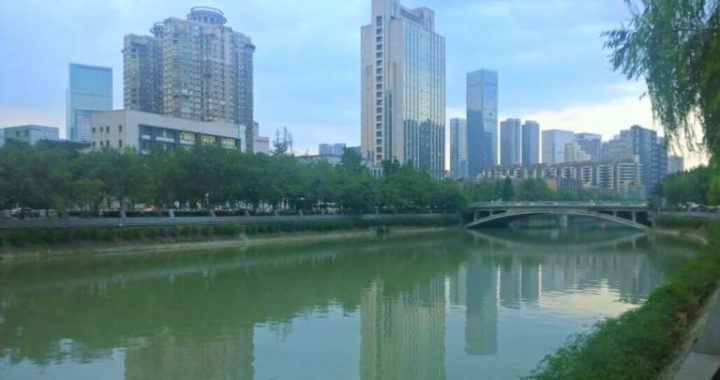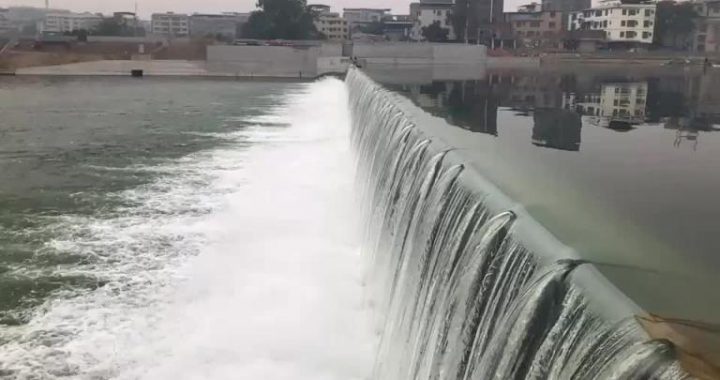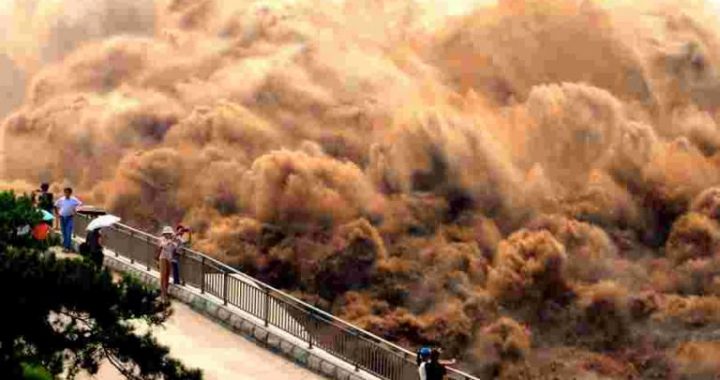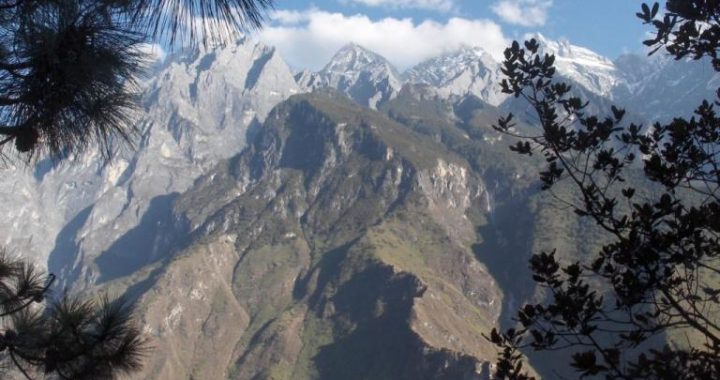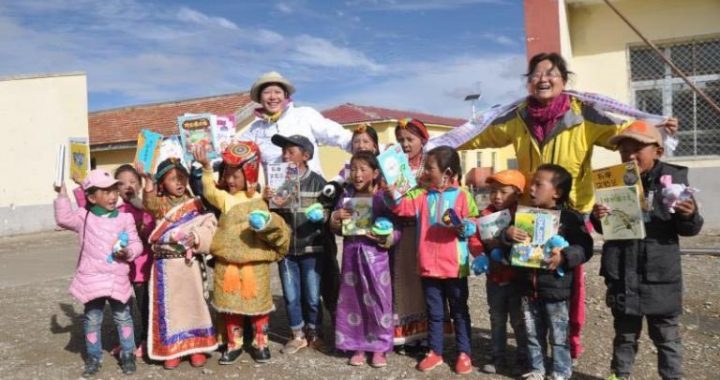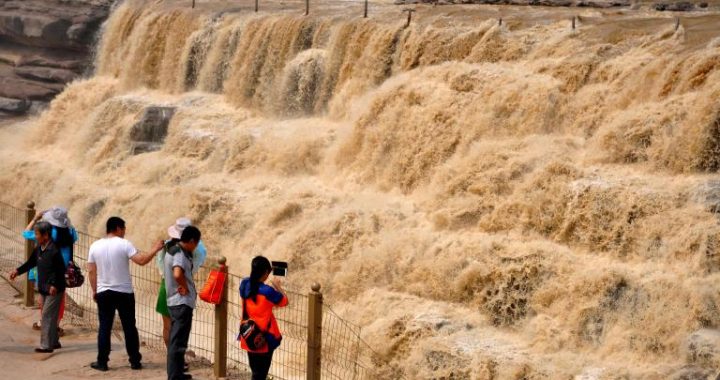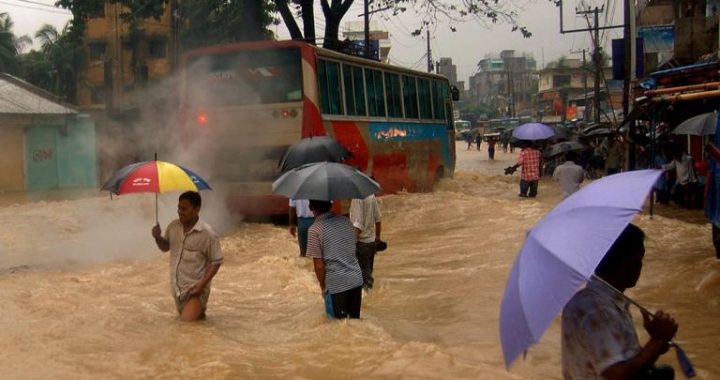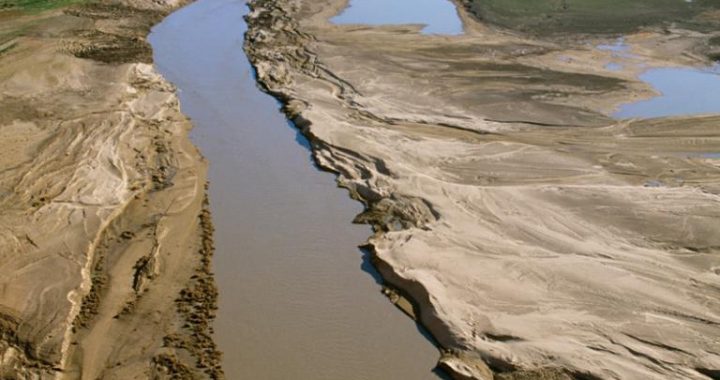The Yellow River:A Blessing as Well
4 min readFrequent breaches and unstable courses of the Yellow River used to bring grave calamities to the people alongside the river. However, it was only one aspect of the Yellow River affecting the society. We should not only remember those painful events, but also see the blessing that the Yellow River, the cradle of the Chinese civilization, brought to the human being alongside the river.
In the remote past, the natural environment in the Yellow River Basin was quitewe11, with warm and moist climate, fertile land and various kinds of animals and plants. The primitive people who lived in this paradise on the earth could not only pick wild fruits and hunt wild animals for food, but also engage in stockbreeding or farming, enjoying a really happy life. On the Loess Plateau that the Yellow River flowed through, all the land was of the same kind and was loose and air permeable, not only good for the cultivation with simple farm tools, but also favorable for the root systems of plants penetrating into the deep earth; besides, the abundant mineral materials were quite beneficial in developing primitive farming. The terrainof the Loess Plateau was very flat and broad, which was quite favorable for animal’s migration and the transplantation and preservation of crops.
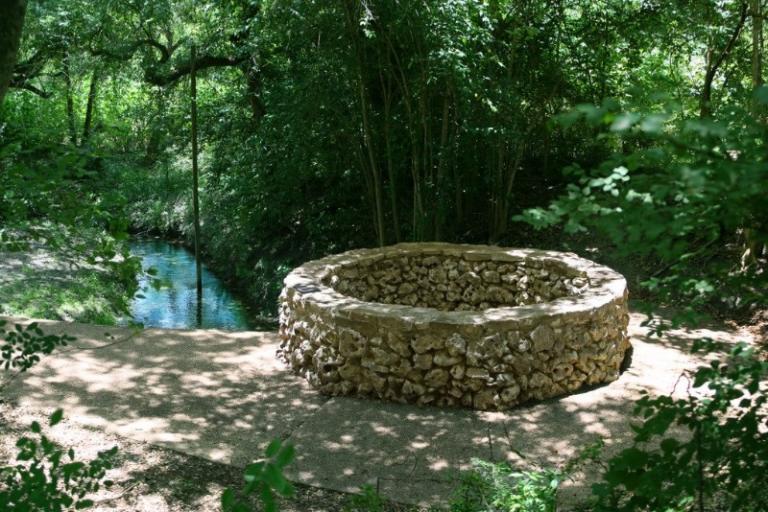
In addition, the water network that extended in all directions was composed by the Yellow River and its tributaries, which facilitated the traffic and irrigation for the ancient Chinese greatly. What was more, loess had numerous perpendicular capillaries which could preventing the loess cliff from falling, therefore the Loes Plateau area was especially suitable for people to dig caves on the loess cliffs to live; and it was also very easy to do so since the loess was very loose. The loess cave dwelling, which was warmin winter and cool in summer, became the houses of theancient people when they settled down from their original nomadic life. Because of various factors, the middle and lower reaches of the Yellow River became the earliest developed area, with faster economic development and population increase, and more advanced politics and culture than other areas, therefore it became the cradle of the Chinese people.
The Chinese primitive society not only had the quite developed prehistoric cultures such as Yangshao Culture, Longshan Culture etc., but as early as 1500 BC there appeared highly developed Yinshang Civilization in the middle and lower reaches of the YellowRiver. The famous Erligang Cultural Relics site in Zhengzhou and Xiaotun Yin Ruins in Anyang in Henan Province are both the representative sites of this early civilization.
According to the archeological findings, Xiaotun had developed into a city of certain scale as early as 1300 BC or so, whose civilization was much more advanced than other areas of China at the same time. The handicraft industry separating from agriculture had already had very specific division, with various handicraft workshops such as bronze casting, pottery making, jade articles making, bone articles making and so on. Among them the bronze casting industry had already achieved highly developed techniques, which could cast rite instruments, musicalinstruments, weapons, and vehicle and horse apparatus and so on. The bronze wares were of various kinds, special shapes and beautiful decorative patterns, which was one of the most outstanding achievements of the ancient civilization in technology that is acknowledged by the whole world.
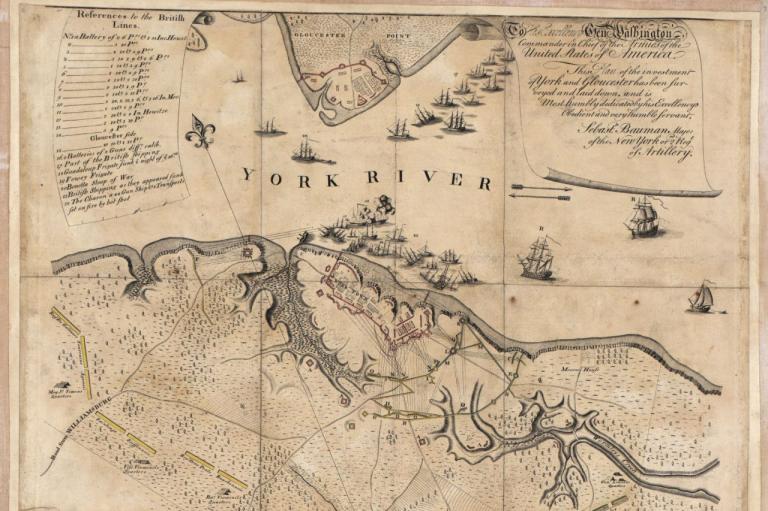
From the Spring and Autumn and Warring States Periods(722 BC-221 BC) to the Northern Song dynasty (960-1127), the two sides of the Yellow River had always bee the center of politics, economy, culture and transportation in all the dynasties.
The diligent people created splendid and gorgeous civilization for their prosperity after long time of efforts, and also left precious cultural relics for the world.
The grand and elegant ancient construction-Great Wild Goose Pagoda in Xi’ an, the Terra Cotta Warriors and Horses of Emperor Qin Shihuang, the Iron Tower and Dragon Pavilion in Kaifeng, the Longmen Grottoes and White Horse Temple in Luoyang, Mt.
Maiji Grotto in Tianshui, Haibao Pagoda in Yinchuan and Binglingsi Grotto in Liujia Gorge etc, are all very spectacular and elegant and crystallized the wisdom and superb skills of the Chinese people. They not only were rare at that time, but are also treasures at present day.
Fromthe late Tang dy nasty (618-907), the e conomy and culture in the lower reaches of the Yangtze River began to catch up with or even exceed the Yellow River Basin gradually. However, the capitals as the political, economic and cultural center of the country were mostly set in the Yellow River Basin in the north. Among the Seven Great Ancient Capitals of Anyang, Xi’ an, Luoyang, Kaifeng, Hangzhou, Nanjing and Beijing, only Hangzhou and Nanjing were in the south and were even not the capital of one whole dynasty, while the other five were all in the Yellow River Basin. This is enough to showthat the YellowRiver played an indispensable role in nourishing the great Chinese civilization.
